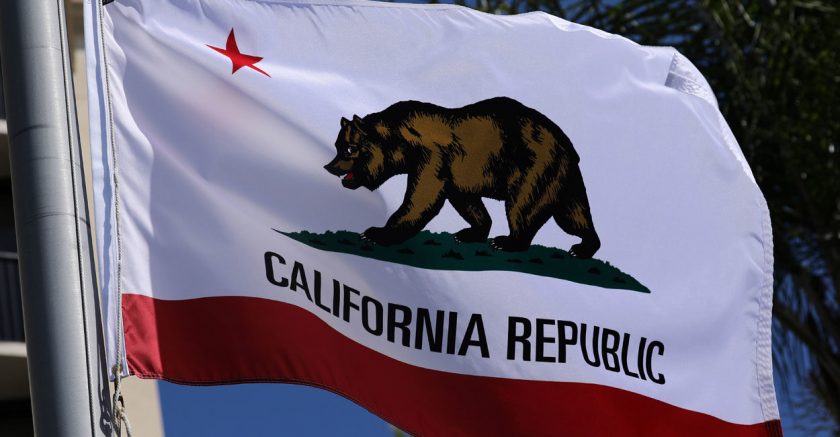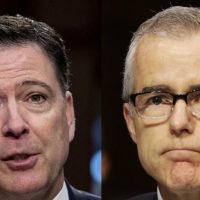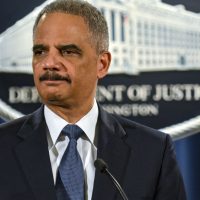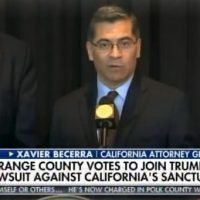Is America destined to become like California?
Twitter CEO Jack Dorsey created a stir recently when he tweeted out an article calling for an end to bipartisanship and the beginning of nationwide, one-party rule—similar to the Golden State. He called it a “great read.”
Great read https://t.co/O2djSQf8Qv
— jack (@jack) April 6, 2018
A Twitter spokesperson told The Daily Signal in an email, “Twitter’s tools are apolitical, and we enforce our rules without political bias.”
Nevertheless, the tweet certainly brings up concern over Twitter’s political bias.
The article, titled “The Great Lesson of California in America’s New Civil War,” argued that due to the intractable division of worldviews in America, bipartisanship is unworkable. It’s time to simply obliterate the other side.
The article was authored by Peter Leyden, the CEO of a media company called Reinvent, and Ruy Teixeira, a progressive political scientist. Teixeira argued after Barack Obama’s 2008 election victory that the GOP would go extinct for a generation because demographic trends would make Democrats unbeatable.
Needless to say, that didn’t come true.
But in a larger sense, it’s worth dissecting what a disaster the Californization of the whole country would be.
The authors point to California as a model for America’s political future. They explain how a once-bitterly divided state transformed into a state dominated by one party in a very short period of time—and they tout this as a good thing.
The problem in their analysis is that they essentially compare apples to oranges. The factors involved in California’s swing to one-party dominance were unique to California and can’t necessarily be applied to the country at large.
Moreover, Democratic Party dominance in California doesn’t necessarily mean Californians have become more progressive or that progressive policies have worked.
As a native Californian who has left the state, I witnessed California’s terrible turn firsthand.
Several factors went into this political sea change.
‘Jungle Primaries’ and Redistricting
California hasn’t always been a deep blue state. At one time it voted consistently for Republican presidential candidates, even up into the 1990s. But the state has gone leftward since that time, a situation fueled by both electoral and cultural changes.
In 2006, the state passed a new law requiring candidates to participate in a single consolidated open primary, often called the “jungle primary.” In these primaries, the top two vote-getters end up on the election ballot, where they square off against each other. This system has driven many Republicans off the election ballot, as the top two slots are often won by Democrats.
Some Republicans originally backed the jungle primary law, including then-Gov. Arnold Schwarzenegger. They hoped it would help moderate candidates in elections and thus make the state more bipartisan.
But what has happened is the exact opposite. This law made California ripe for one-party rule.
As The Daily Signal’s Fred Lucas wrote in The American Conservative, it led to bizarre absurdities, such as Democrat Sen. Dianne Feinstein being labeled the “Republican” option in a Senate race due to the fact that her only opponent was a more militant progressive than her.
Real political challengers are simply drowned out by the number of progressive voters in these primaries, and so a single ideology with only minor variance gets represented in the general election, as was the case in 2016 where Donald Trump was the only Republican on the ballot for a statewide election.
Larry N. Gerston, a professor emeritus of political science at San Jose State University, wrote for the Los Angeles Times that the jungle primary not only wiped out the Republican Party in California, it wiped out third parties that previously could challenge the status quo.
“California reformers argued that the major parties were dominated by extremes on the left and the right, and that a top-two system would attract centrist candidates, especially in districts where one party was dominant,” Gerston wrote. “They also contended that more competitive races would increase turnout. Early studies show that neither expectation has been met.”
In addition to the one-sided jungle primary system, a redistricting plan in 2010 tightened Democrats’ grip on the state. Initially billed as a nonpartisan effort to do away with gerrymandering, the plan was hijacked by state Democrats who stacked the commission with progressive activists posing as “Republicans.”
This further wiped out opposition to the Democratic Party in the state over the last decade.
See the full story here.
Want more BFT? Leave us a voicemail on our page or follow us on Twitter @BFT_Podcast and Facebook @BluntForceTruthPodcast. We want to hear from you! There’s no better place to get the #BluntForceTruth.







